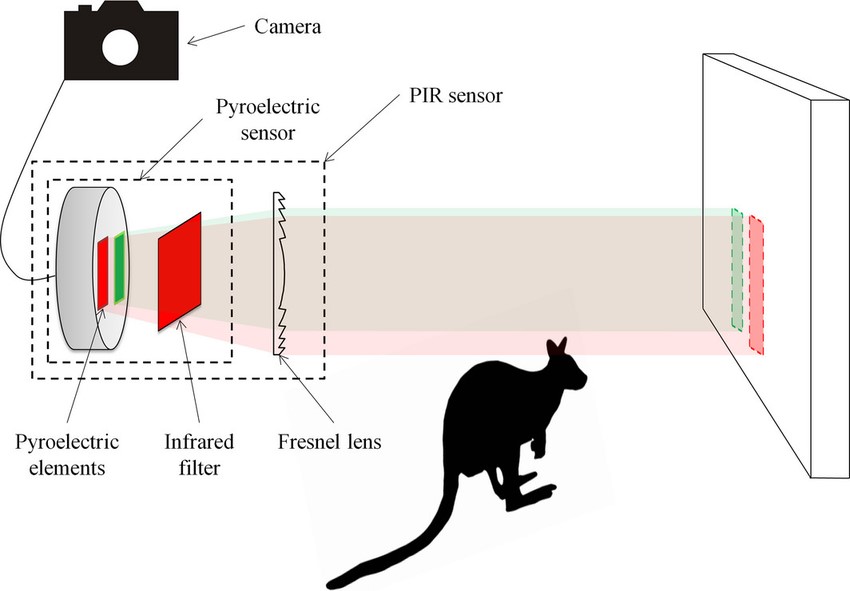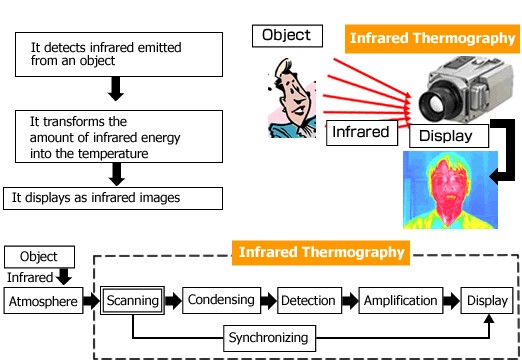Home > NEWS > Infrared Principle
In nature, any object with a temperature above absolute zero (-273℃) can emit electroma gnetic waves. Infrared is the most widespread form of electromagnetic waves in nature, it is a kind of energy, and this energy is invisible to our naked eyes. Any object in the conventional environment will produce its own molecules and atoms irregular movement, and constantly radiate thermal infrared energy.

The light waves emitted by the sun are also called electromagnetic waves. Visible light is an electromagnetic wave that can be felt by the human eye. After being refracted by a prism, seven colors of red, orange, yellow, green, cyan, blue, and purple can be seen.
Infrared light is part of these electromagnetic waves, which together with visible light, ultraviolet light, X -rays, gamma rays and radio waves make up a complete continuum of the electromagnetic spectrum.
As shown above, electromagnetic radiation with wavelengths ranging from 0.xn--76m-yyc to 1000μm is called infrared radiation.
Infrared radiation electromagnetic waves propagate in the air and are absorbed by the atmosphere, so that the energy of the radiation is attenuated. If the absorbed energy is too much, it cannot be observed by thermal imager.
The absorption of infrared ray by atmosphere and smoke cloud is also related to the wavelength of infrared radiation, The infrared ray is transparent for 3~5 microns and 8~14 microns. Therefore, these two wavelengths are called the "atmospheric window" of the infrared. Using these two windows, the infrared thermal imager can observe in the normal environment without changing the situation of infrared radiation attenuation.

Laser World of Photonics 2025 Munich
Jul. 08, 2025OHARA High Quality Quartz Fused Silica SK1300 Glass Lens
May. 21, 2025OPIE (OPTICS & PHOTONICS International Exhibition 2025)
May. 08, 2025SPIE - PHOTONICS WEST EXHIBITION 2025
Dec. 26, 2024